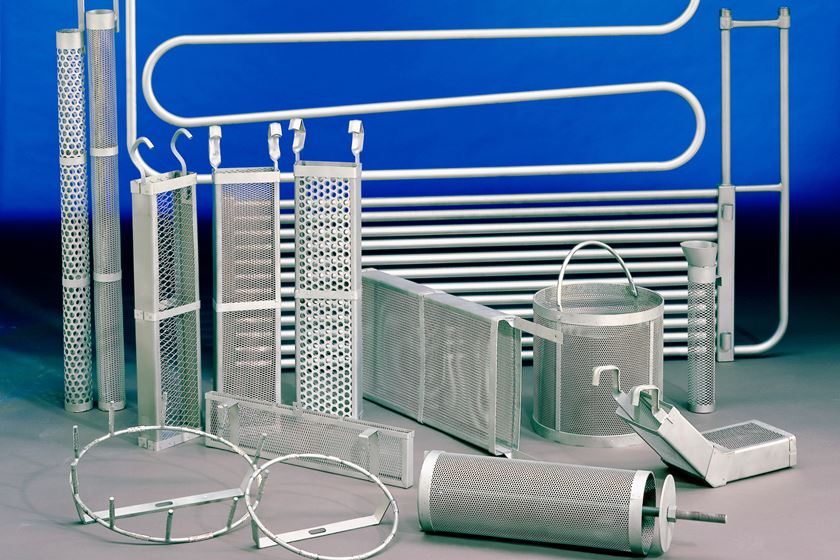The True Beginings of EN
French chemist discovered electroless nickel A Century before Brenner
Electroless nickel has come a long way since its inception more than 65 year ago. Or was it actually 165 years ago?
While the noted U.S. chemist Abner Brenner is commonly credited as the father of EN for patenting the process back in 1946, more recently, others have traced the plating process’s birth back to 1845 France.
Featured Content
So who dares speak foul of Dr. Brenner, who wrote the book on the process (more than 1,200 pages in the 1963 Electrodeposition of Alloys), and whose name appears on the award given by the American Electroplaters Society?
Abner Brenner
Actually, it’s Dr. Brenner himself (1908-1999), who late in life spoke of the work of French chemist Adolphe Wurtz—who first discovered the process while working with hypophosphorous acid—and another chemist, F.G. Roux, who wrote extensively of his work with EN back in 1916.
Dr. Brenner, who was chief of the electrodeposition section of the National Bureau of Standards for 41 years and has over 30 patents to his credit, has been cited by many as discovering the process in the mid 1940s. But two names actually appear on the patent: Brenner and Grace Riddell. And Brenner himself noted in later writings that the ideas for EN began as early as 1845 with Wurtz, and continued with Roux in 1916. The U.S. Patent Office says the patent it issued in 1950 differed from the earlier patent in that Roux’s reaction was spontaneous and complete, while the Brenner and Riddell process was a controlled catalytic process so that deposition occurred only on catalytic surfaces immersed in the bath.
Dr. Brenner later wrote that his patent was an accidental discovery similar to the work of Wurtz and Roux, but said he took out a patent to “protect U.S. government rights.” In fact, a declassified U.S. Army technical report written in 1963 goes on extensively about Wurtz and Roux’s work, and gives much of the discovery credit to them—not Brenner.
“The deposition of cobalt by chemical reduction was developed by Wurtz at the same time as was nickel plating by chemical reduction, but has not gained as much use,” wrote Army project manager Jacob Knanishu at the Rock Island Arsenal Laboratory, outside of Arlington, VA.
Most enlightening, though, in Knanishu’s report was this statement: “This method of nickel plating can be used to advantage in protective coatings of parts used in the electronic control compartments of rockets and missiles, space instrument packages, and radar equipment, where optimum protection is imperative.”
How right he was—predicting more than 40 years ago the benefits of EN today.



















